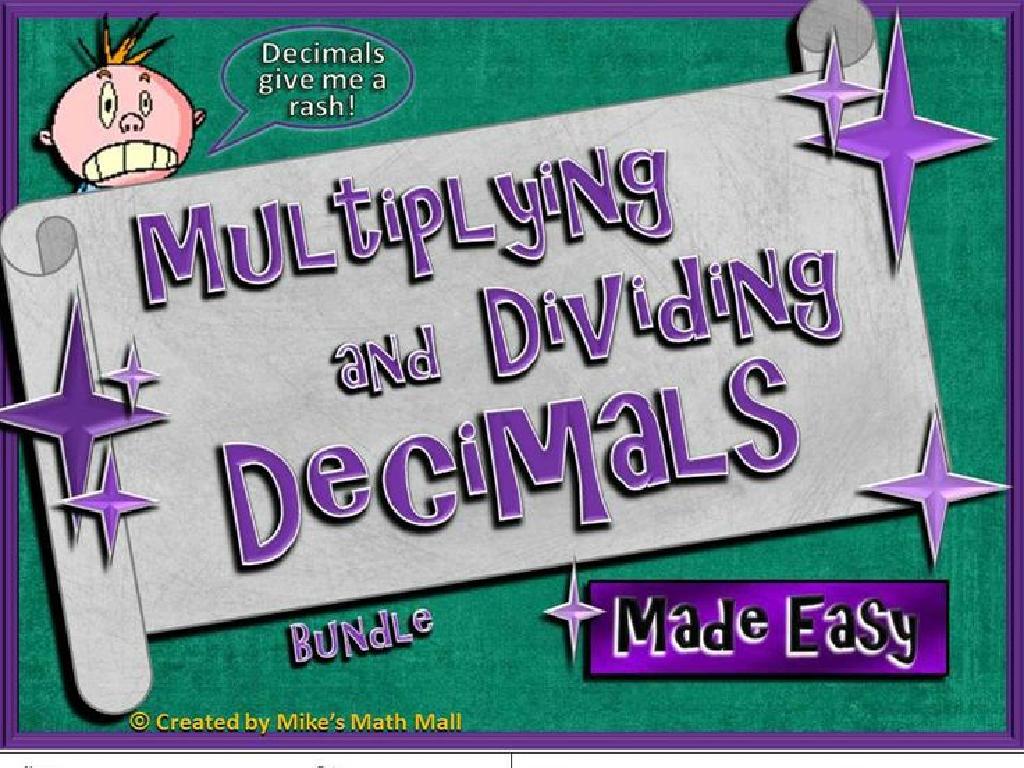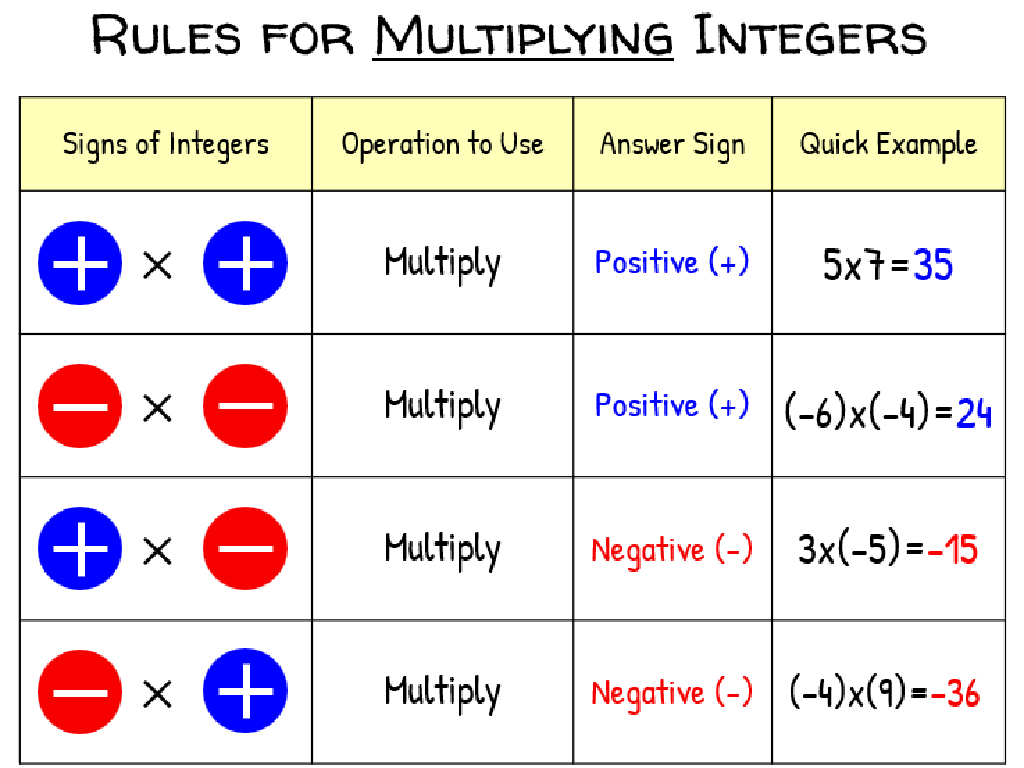The Judicial Branch
Subject: Social studies
Grade: Seventh grade
Topic: Government
Please LOG IN to download the presentation. Access is available to registered users only.
View More Content
Exploring the Judicial Branch
– Overview of Government Branches
– Role of the Judicial Branch
– Interprets laws & ensures justice
– Upholding the Law
– Ensures laws align with the Constitution
– Significance in Democracy
– Protects rights & liberties of citizens
|
This slide introduces the Judicial Branch within the context of the U.S. Government’s three branches, emphasizing its unique role in interpreting laws and ensuring justice. Highlight the importance of the Judicial Branch in reviewing laws to ensure they are constitutional and in protecting the rights and freedoms of citizens. Discuss how this branch acts as a check on the legislative and executive branches, maintaining balance within the government. Encourage students to think about how the Judicial Branch impacts their daily lives and the functioning of democracy.
The Structure of the Judicial Branch
– The Supreme Court’s role
– The highest court in the U.S., final arbiter of the law
– Federal Courts’ functions
– Handle cases under federal law, including appeals
– State Courts’ uniqueness
– Deal with state laws and local disputes
– Comparing Federal and State Courts
– State courts interpret state laws, Federal courts interpret federal laws and the Constitution
|
This slide aims to outline the hierarchy and roles within the Judicial Branch of the United States government. The Supreme Court stands at the top as the ultimate authority on legal interpretations, particularly concerning the Constitution. Below it, the Federal Courts, including District Courts, Circuit Courts, and Special Courts, handle cases that pertain to federal laws and issues that cross state boundaries. State Courts, on the other hand, deal with matters specific to their state’s laws and are the first line of justice for most legal disputes. It’s crucial for students to understand the distinction between the roles of Federal and State Courts, as well as how cases can move from state to federal courts through the appeals process. Encourage students to think of examples of cases that might be heard at each level of the court system.
The Supreme Court: Pillar of Justice
– Supreme Court’s role and powers
– It’s the highest court, final arbiter of the law
– Appointment of Justices
– Justices are nominated by the President, confirmed by the Senate
– Landmark Supreme Court cases
– Cases like Brown v. Board of Education, Roe v. Wade
– Impact on society and law
– Decisions shape legal precedents and societal norms
|
This slide aims to introduce students to the Supreme Court’s fundamental role in the U.S. government as the highest judicial authority, its power to interpret the Constitution, and its impact on American law and society. Discuss the lifetime appointment process of Justices to emphasize the importance of their decisions. Highlight famous cases to show how the Supreme Court’s rulings have addressed critical issues and influenced civil rights and liberties. Encourage students to think about how these cases continue to affect their lives today. This will help students appreciate the enduring influence of the Judicial Branch.
The Federal Court System
– Types of Federal Courts
– District, Circuit, and Supreme Courts
– Jurisdiction of Federal Courts
– Federal courts handle cases involving federal law, the Constitution, and disputes between states.
– Federal case process
– Steps include filing, trial, appeal, and possibly reaching the Supreme Court.
|
This slide introduces students to the structure and function of the Federal Court System in the United States. Begin by explaining the three main levels of federal courts: District Courts, which are the trial courts; Circuit Courts, which are the first level of appeal; and the Supreme Court, the highest court in the country. Discuss the types of cases federal courts handle, emphasizing their role in interpreting federal laws and the Constitution. Outline the process a case typically follows in the federal system, from the initial filing and trial in the District Court, through the appeals process, and up to the Supreme Court if necessary. Use real-life examples to illustrate these concepts, such as a landmark Supreme Court case. Encourage students to think about why having a structured court system is important for justice and the rule of law.
The State Court System
– Organization of State Courts
– State Courts have a structured hierarchy, including trial and appellate courts.
– Case types in State Courts
– They handle civil, criminal, family, and traffic cases, among others.
– State Courts’ daily impact
– State Courts affect our community by resolving local disputes and upholding laws.
– Understanding State Court roles
|
This slide aims to provide students with an understanding of the State Court System’s structure, the variety of cases they handle, and their significance in everyday life. Emphasize that State Courts are closer to our daily experiences than Federal Courts, dealing with issues that directly affect the community. Discuss the hierarchy within the State Court System, from lower courts that handle minor cases to higher courts that deal with appeals. Highlight the types of cases, such as family law or small claims, and encourage students to think about how these courts maintain order and justice locally. Use examples to illustrate the role of State Courts, such as resolving a neighborhood dispute or determining the outcome of a traffic violation.
Judicial Review: Balancing Power
– What is Judicial Review?
– Judicial Review allows courts to decide if a law is constitutional.
– Marbury vs. Madison case
– 1803 case establishing the Supreme Court’s power of Judicial Review.
– Impact on balance of power
– It ensures that no branch of government becomes too powerful.
– Judicial Review in action
|
This slide introduces the concept of Judicial Review, a cornerstone of the United States legal system. Judicial Review is the process by which the judiciary can declare laws or executive actions unconstitutional, thus nullifying them. The historical case of Marbury vs. Madison is crucial as it established this power for the Supreme Court, setting a precedent for future legal challenges. This mechanism is a key part of the checks and balances system, ensuring that the legislative and executive branches do not exceed their constitutional authority. When discussing Judicial Review in action, provide current or historical examples where the Supreme Court has used its power to affect legislation or policy. Encourage students to think about how this process impacts their understanding of the balance of power within the U.S. government.
The Judicial Process
– Path of a case through courts
– Cases start in lower courts and can move to higher courts based on certain conditions.
– Judges and juries’ functions
– Judges oversee legal proceedings, juries determine the facts and verdict.
– Understanding the appeal process
– Appeals allow for review of a trial’s outcome if there’s belief of an error.
|
This slide aims to outline the journey of a legal case through the court system, highlighting the distinct roles of judges and juries, and explaining the appeal process. Begin with how a case starts at the lower courts and may progress to higher courts, depending on factors like the severity of the case or if the losing party decides to appeal. Emphasize the different responsibilities of judges (legal guidance and court management) and juries (deliberation on evidence to reach a verdict). Clarify that the appeal process is a critical component of the judicial system, allowing for decisions to be reassessed to ensure fairness and correct application of the law. Encourage students to think of questions or scenarios where each of these components would be significant.
Landmark Cases: The Pillars of Justice
– Key cases and societal impact
– Discuss cases like Brown v. Board of Education and their effects on equality.
– Precedents set by landmark cases
– Precedents are legal standards established by the verdicts of these cases.
– Influence on shaping our laws
– Landmark cases often lead to significant legal reforms and new legislation.
|
This slide aims to introduce students to the concept of landmark cases within the Judicial Branch and their profound impact on American society and law. Highlight the importance of understanding these cases to grasp how the judicial system works and how it influences the legal framework and societal norms. Discuss the concept of legal precedent, which is the practice of deciding new cases with reference to former decisions. Explain how landmark cases not only resolve the issues at hand but also guide future court decisions and legislation. Encourage students to think critically about how these cases reflect changing societal values and contribute to the evolution of laws and rights.
Class Activity: Mock Trial Experience
– Participate in a mock trial
– Learn court member roles
– Judge, jury, attorneys, witnesses, and defendant
– Apply knowledge to a case
– Use a fictional case to understand court proceedings
– Reflect on the trial process
– Discuss what was learned and how a real court works
|
This class activity is designed to give students a hands-on experience with the judicial process. They will assume various roles within a mock trial, such as judge, jury members, attorneys, witnesses, and the defendant. This will help them understand the functions and responsibilities of each role in the courtroom. Provide a hypothetical case for students to work with, ensuring it is appropriate for their grade level. Encourage them to apply what they’ve learned about the judicial branch to this case. After the mock trial, lead a discussion that allows students to reflect on the process, what they’ve learned, and how it relates to real-world judicial proceedings. Possible activities include different groups handling different cases, or rotating roles to give each student a chance to experience different aspects of a trial.






